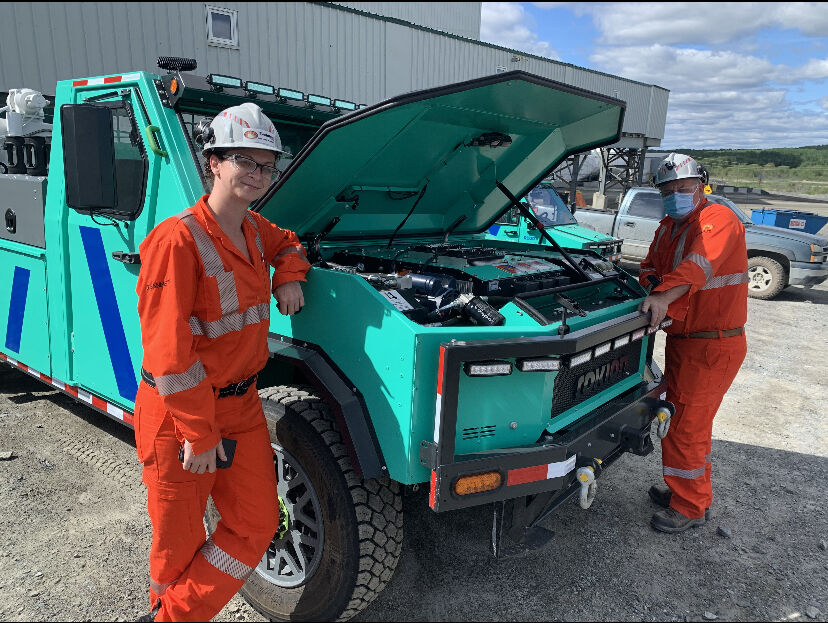In its just released 2021 Annual and Sustainability report, Australian gold mining major Evolution Mining reiterated its commitment to Net Zero greenhouse gas emissions by 2050 and 30% reduction by 2030 – aligned with the Paris Agreement. It included some references to Scope 1 emissions reduction through use of battery electric solutions in the medium term and potentially hydrogen and other future fuels in the longer term. Evolution has already partnered with 14 other companies in the mining industry to form the Electric Mine Consortium with the ambition of accelerating progress towards the fully electrified zero CO2 and zero particulates mine.
Evolution added: “Electrification of mine sites, powered by clean energy, offers our industry the option to operate mines in line with our commitments to decarbonise. It also reduces occupational health exposures for our employees by significantly reducing emissions in our underground mines. Our shareholders will benefit from the potential for significantly improved economics on offer from simplified, interoperable, electric-drive equipment with lower mining and energy costs.” The Electric Mine Consortium working groups are addressing surface and long haulage, underground haulage, light and utility BEV and electrical infrastructure plus the electrification value model.
As with other miners, Evolution Mining has opted to start its journey with BEV technology by working with light utility and crew trucks first to see the benefits and test out the technology. Its Red Lake gold operation in in northwestern Ontario the company has audited the mobile fleet and opted to replace multiple pieces of equipment with newer and cleaner technology. The site has commenced a purchasing program and has committed to purchasing up to eight battery electric vehicles and has allocated over A$13 million worth of capital to trialling and utilising the equipment in the coming years. R100 and R400 models have already been at site for some months for initial trials and testing.
“These BEVs mitigate risks associated with diesel equipment like ventilation restrictions and noise emissions and will reduce diesel emissions underground and improve employee health and wellbeing. We are excited to assess their benefits and apply BEVs at our other operations based on learning. These efforts contribute to our efforts to manage climate risk and reveal opportunities for new partnerships and exploration of innovative markets.”











